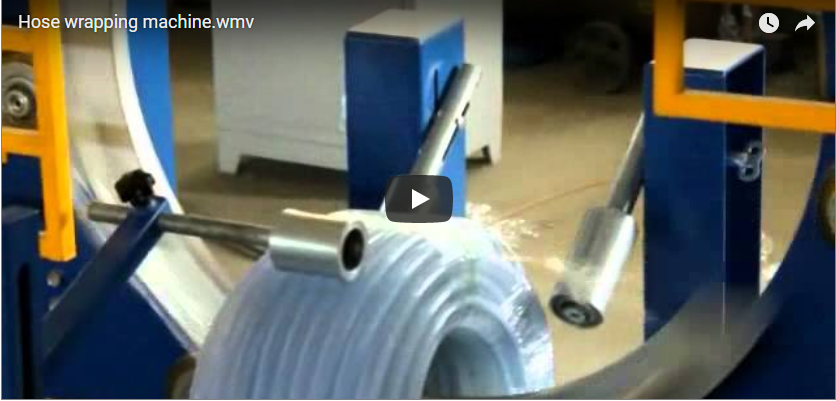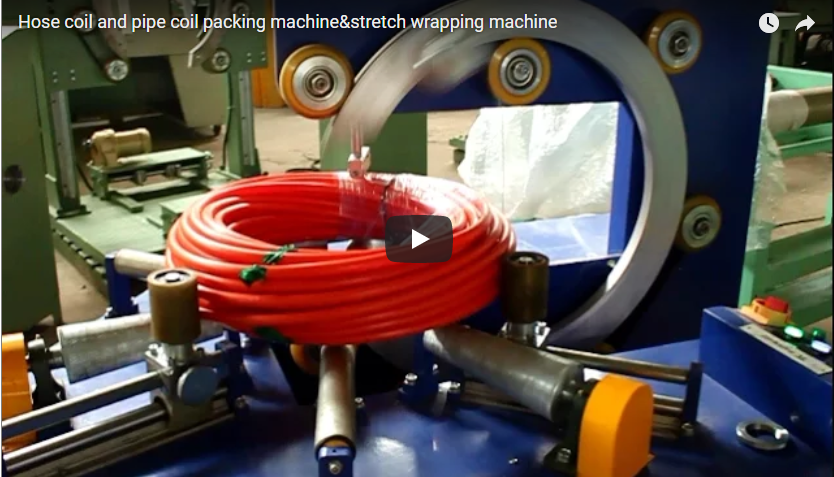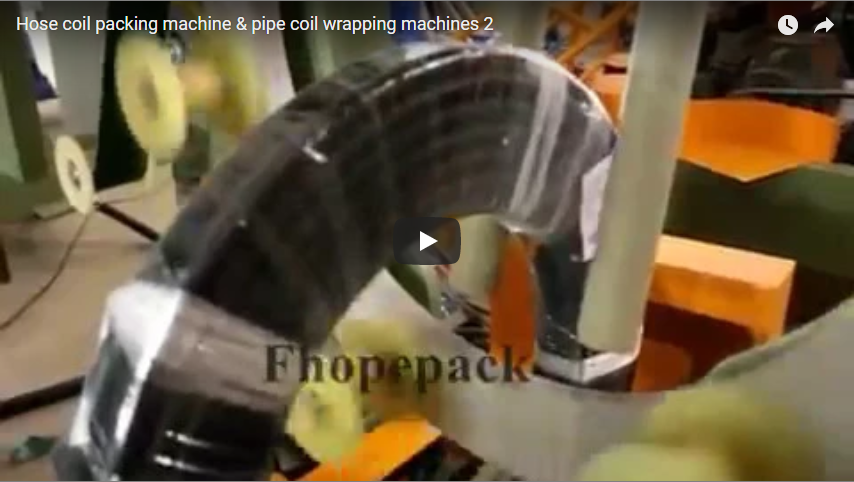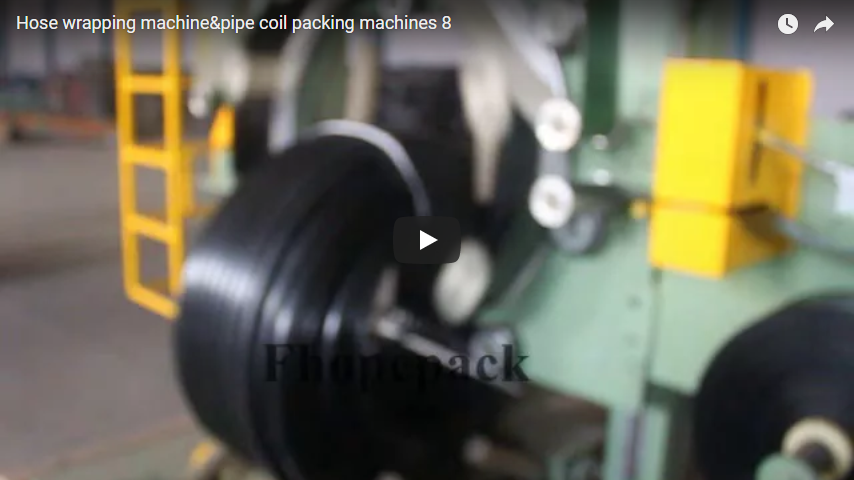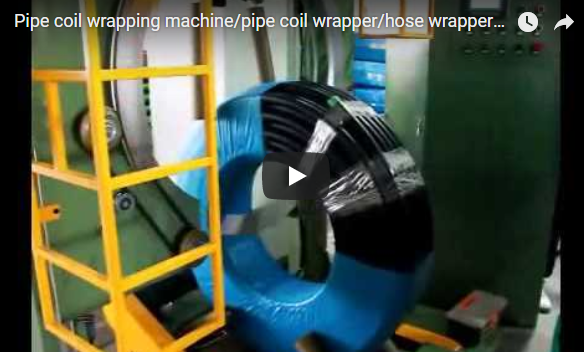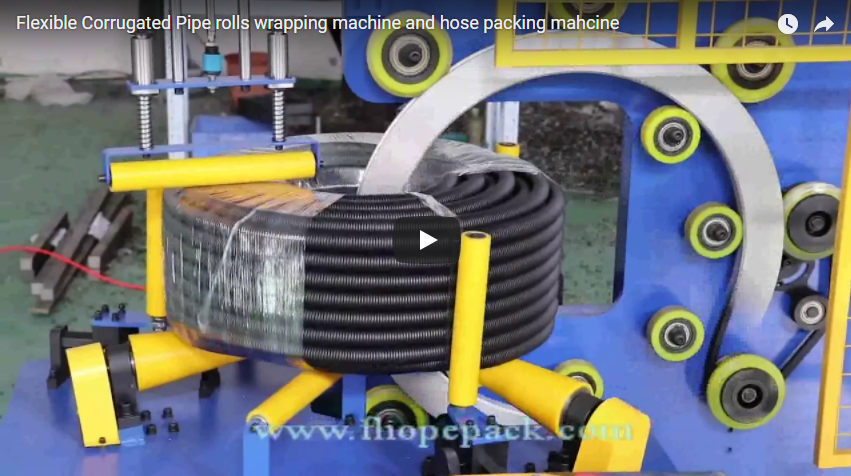Understanding Simple Coil Wrappers: Operation, Benefits, and Key Considerations
Coil wrappers play a fundamental role in the packaging and logistics processes across various industries, particularly those handling metal coils (steel, aluminum, copper), wire, cable, or hose reels. A simple coil wrapper, often an entry-level or semi-automatic machine, provides efficient and protective overwrapping using materials like stretch film. This article delves into the operation, technical aspects, and practical considerations surrounding these essential machines.
1. Core Functionality: The Wrapping Process
Simple coil wrappers typically operate on the principle of orbital wrapping. The coil is placed onto the machine's support rollers or loading station, often manually or via crane/forklift. The core process involves:
- Loading: The coil is positioned through the eye (center hole) of the wrapping ring.
- Wrapping: A shuttle carrying the packaging material (e.g., stretch film) orbits through the eye of the coil and around its outer circumference.
- Rotation: Simultaneously, powered support rollers slowly rotate the coil itself. This combination of orbital wrapping and coil rotation ensures the entire surface is covered with the desired overlap.
- Film Management: The machine controls film tension and stretch (if applicable) to provide a tight, secure wrap.
- Cutting & Clamping: Once the wrapping cycle is complete, the film is automatically or semi-automatically cut and clamped.
- Unloading: The wrapped coil is removed from the machine.
The following video demonstrates the operation of a typical simple coil wrapping machine:
Video illustrating the operational cycle of a simple coil wrapper.
2. Key Technical Specifications
When evaluating or specifying a simple coil wrapper, several technical parameters are critical:
- Coil Dimensions:
- Outer Diameter (OD): Maximum and minimum coil OD the machine can handle.
- Inner Diameter (ID): Minimum and maximum coil ID required to pass through the wrapping ring.
- Width: Maximum and minimum coil width capability.
- Coil Weight: Maximum weight capacity of the support rollers and machine structure.
- Wrapping Material: Type of material used (e.g., LLDPE stretch film, VCI film, paper, HDPE) and roll specifications (width, core diameter, max roll OD).
- Ring Speed: The rotational speed of the wrapping ring (RPM), influencing cycle time.
- Roller Speed: The speed at which the coil rotates (adjustable), controlling the wrap overlap.
- Overlap Control: Ability to adjust the percentage of overlap between successive wraps (typically adjustable via roller speed relative to ring speed).
- Film Tension Control: Mechanism for adjusting how tightly the film is applied (mechanical brake, motorized pre-stretch).
- Control System: Often includes basic PLC (Programmable Logic Controller) for cycle control, potentially with a simple HMI (Human-Machine Interface) for parameter adjustments.
- Power Requirements: Voltage, phase, and power consumption.
- Safety Features: Emergency stops, safety guards, interlocks.
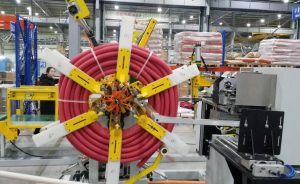
automatic coiler for hose and plastic pipe 3. Benefits of Utilizing Simple Coil Wrappers
Employing even basic coil wrapping machines offers significant advantages over manual methods:
- Enhanced Product Protection: Provides a consistent barrier against dust, moisture, dirt, and minor physical damage during handling, storage, and transit.
- Improved Efficiency: Significantly faster than manual wrapping, reducing labor time and increasing throughput.
- Consistent Wrap Quality: Ensures uniform tension and overlap, leading to more stable and secure packaging compared to manual variations.
- Material Savings: Optimized overlap control and potential pre-stretch features can reduce film consumption compared to less controlled manual wrapping.
- Operator Safety: Reduces the need for operators to manually walk around large or heavy coils with heavy film rolls, minimizing ergonomic risks.
4. Operational Considerations and Experience Sharing
While termed "simple," effective operation requires attention to detail:
- Machine Selection: Ensure the machine's specifications (size, weight capacity) align precisely with the range of coils being processed. An undersized machine is unsafe, while an oversized one may be inefficient for smaller coils.
- Material Choice: Select the appropriate wrapping material based on the product (e.g., VCI film for corrosion protection on metals) and required protection level. Film thickness (gauge) impacts strength and puncture resistance.
- Parameter Settings: Correctly setting wrap overlap and film tension is crucial. Insufficient overlap or tension compromises protection, while excessive tension can damage softer products or waste material. Experimentation may be needed to find optimal settings for different coil types.
- Maintenance: Regular checks of rollers, belts, film carriage, and cutting mechanisms are essential for reliable operation. Lubrication and cleaning according to manufacturer guidelines prevent premature wear.
- Operator Training: Ensure operators understand loading/unloading procedures, parameter adjustments, safety features, and basic troubleshooting.

hose coil wrapping machine by film 5. Conclusion
Simple coil wrappers are valuable assets for businesses handling coiled products. They provide a reliable, efficient, and consistent method for applying protective wrapping, safeguarding goods throughout the supply chain. Understanding their core operation, key specifications, and operational best practices allows companies to leverage these machines effectively, improving packaging quality, reducing costs, and enhancing workplace safety. While more advanced automated systems exist, simple wrappers offer a practical entry point or solution for lower-volume or specific application needs within the packaging industry.
For further information on various types of coil packaging solutions:
https://www.fhopepack.com/Coil_packing_machine.html
For inquiries, contact: info@fhopepack.com

